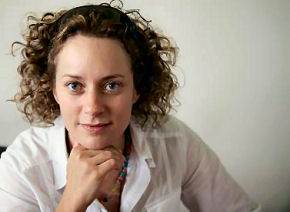
Physicists say they have found an equation which shows that non-locality and uncertainty, the two defining properties of quantum physics, are quantitatively linked and that the “amount” of non-locality is determined by the uncertainty principle. The result is a breakthrough in our basic understanding of quantum mechanics and addresses the question of why quantum behavior is as weird as it is – but no weirder.
Previously, researchers have treated non-locality (non-locality arises from the better-known phenomenon of entanglement) and uncertainty (the Heisenberg Uncertainty Principle) as two separate phenomena. Now, however, Stephanie Wehner (pictured), of Singapore’s Centre for Quantum Technologies and Jonathan Oppenheim, of Cambridge University, have shown that they are intricately linked.
Non-locality determines how well two distant parties can coordinate their actions without sending each other information. Physicists believe that even in quantum mechanics, information cannot travel faster than light. Nevertheless, it turns out that quantum mechanics allows two parties to coordinate much better than would be possible under the laws of classical physics. In fact, their actions can be coordinated in a way that almost seems as if they had been able to talk. Einstein famously referred to this phenomenon as “spooky action at a distance”.
However, quantum non-locality could be even spookier than it actually is. It’s possible to have theories which allow distant parties to coordinate their actions much better than nature allows, while still not allowing information to travel faster than light. Nature could be weirder, and yet it isn’t – quantum theory appears to impose an additional limit on the weirdness.
“Quantum theory is pretty weird, but it isn’t as weird as it could be. We really have to ask ourselves, why is quantum mechanics this limited? Why doesn’t nature allow even stronger non-locality?” Oppenheim asks.
The surprising finding by the two researchers is that the uncertainty principle provides an answer. Two parties can only coordinate their actions better if they break the uncertainty principle, which imposes a strict bound on how strong non-locality can be.
“It would be great if we could better coordinate our actions over long distances, as it would enable us to solve many information processing tasks very efficiently,” Wehner says. “However, physics would be fundamentally different. If we break the uncertainty principle, there is really no telling what our world would look like.”
How did the researchers discover a connection that had gone unnoticed so long? “Traditional ways of viewing non-locality and uncertainty obscured the close connection between the two concepts,” says Wehner, who recast the quantum phenomena in a computer communication context.
In their analogy, Wehner and Oppenheim treat non-locality as the result of one party, Alice, creating and encoding information and a second party, Bob, retrieving information from the encoding. How well Alice and Bob can encode and retrieve information is determined by uncertainty relations. In some situations, they found that and a third property known as “steering” enters the picture.
The researchers compare their discovery to uncovering what determines how easily two players can win a quantum board game: the board has only two squares, on which Alice, can place a counter of two possible colors: green or pink. She is told to place the same color on both squares, or to place a different color on each. Bob has to guess the color that Alice put on square one or two. If his guess is correct, Alice and Bob win the game. Clearly, Alice and Bob could win the game if they could talk to each other: Alice would simply tell Bob what colors are on squares one and two. But Bob and Alice are situated so far apart from each other that light – and thus an information-carrying signal – does not have time to pass between them during the game.
If they can’t talk, they won’t always win, but by measuring on quantum particles, they can win the game more often than any strategy which doesn’t rely on quantum theory. However, the uncertainty principle prevents them from doing any better, and even determines how often they lose the game.
The finding impacts on the deep question of what principles underlie quantum physics. Many attempts to understand the underpinnings of quantum mechanics have focused on non-locality. Wehner thinks there may be more to gain from examining the details of the uncertainty principle. “However, we have barely scratched the surface of understanding uncertainty relations,” she says.
Related:
Solar flares spookily linked to radioactive decay on Earth
Robustness of quantum entanglement in photosynthesis surprises researchers
Tantalizing glimpse of macroscopic quantum effects
Quantum “Uncollapse” Muddies Definition Of Reality




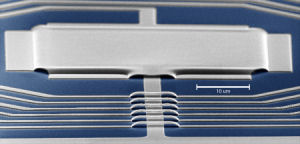



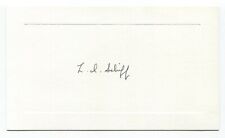

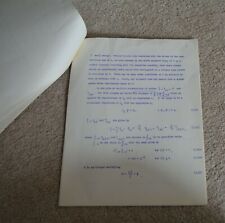

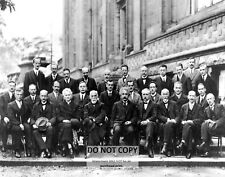
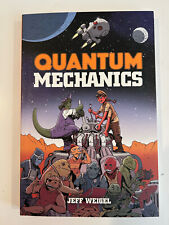

![Kantai Collection Doujinshi [Quantum Mechanics Rainbow 01] SEQMED Anime Manga picture](/store/img/g/8TAAAOSwdtBlgfy2/s-l225/Kantai-Collection-Doujinshi-Quantum-Mechanics-Rain.jpg)

Comments are closed.